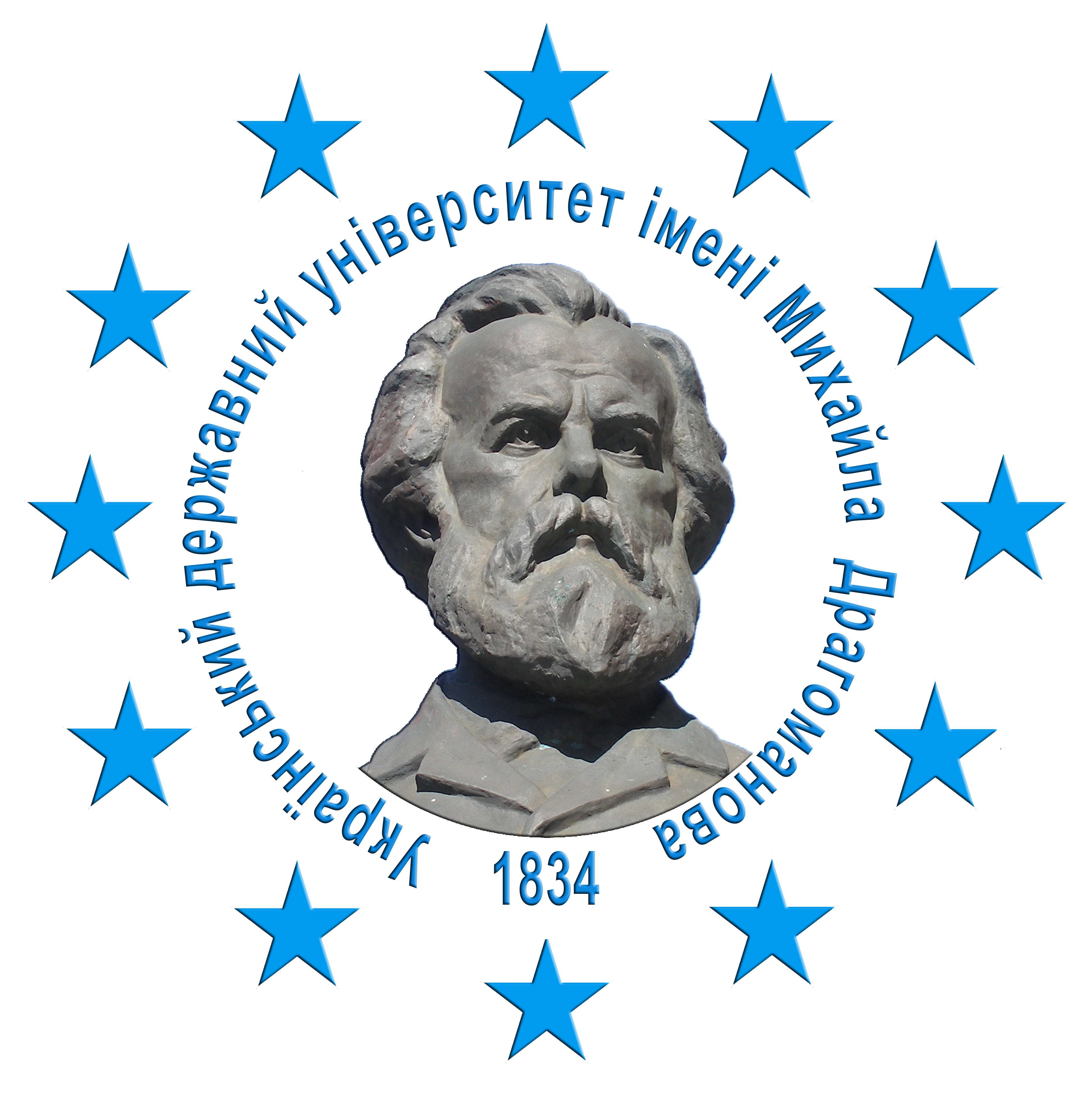INVOKING RELIGIOUS IMAGERY IN REFRAMING THE SOCIAL ROLE OF CHOREOGRAPHY IN CONTEMPORARY CULTURE
DOI:
https://doi.org/10.31392/cult.alm.2025.3.45Keywords:
religious imagery, early American modern dancers, movement models, interaction, rhythms of bodily becoming, perceptual awarenessAbstract
This article explores the invocation of religious imagery and spiritual seeking in early modern dance as foundational to the transformation of choreography’s social role in contemporary culture. The research is based on the works of Isadora Duncan, Ruth St. Denis, and Martha Graham, whose choreographic innovations integrated corporeality, aesthetic expression, and sacred symbolism. Through the reinterpretation of sacred themes and the incorporation of bodily techniques with religious or philosophical foundations, early modern dancers contributed to the formation of embodied practices in the cultural landscape of the 20th and 21st centuries. This article also examines contemporary approaches to understanding their legacy – in particular, Kimerer LaMothe’s perspective, which highlights the social, cultural, and performative transformations of embodiment. The author examines how these dancers, rejecting academic dance forms, redefined dance as a means of personal, spiritual, and social articulation. Special attention is given to the ways in which modernist choreography contributed to a shift in perception – from dance as a spectacular art to an inclusive, spiritually aware and therapeutic activity. The core problem addressed is how performative dance practices transcended stage boundaries to become a form of embodied everyday expression, and how religious motifs, bodily exploration, and social choreography are interwoven. The purpose of the article is to present the philosophical and religious concepts of modern dance within the framework of contemporary interpretations of performative and embodied practices as tools for moral, psychosocial, and cultural transformation. As a result, the paper traces how the imagery and body aesthetics rooted in early modern choreography persist in somatic therapies, movement meditations, and everyday performances, maintaining their spiritual dimension in evolving socio-cultural contexts.
References
Пригода-Донець, Т., Соломко, Г. (2022). Ритуальний аспект тілесно-танцювальних практик. Fine Art and Culture Studies, 6, 68–73. https://doi.org/10.32782/facs-2022-6-10
Соломко, Г., Столярчук Н. (2020). Танцювально‐тілесні практики як інструмент ембодімент‐руху в сучасній культурі. Актуальні проблеми розвитку культури, мистецтва та освіти: матеріали наукових читань (8 грудня 2020 р.). Луцьк : ВНУ імені Лесі Українки. С. 62–64.
Duncan, I. (1928). Art of the Dance. New York : Liveright. 142 p.
Graham, M. (1991). Blood Memory. New York : Doubleday.
LaMothe, K. (2006). Nietzsche’s dancers. New York : Palgrave Macmillan US. https://doi.org/10.1057/9781403977267
LaMothe, K. (2008). The religion impulses of early American modern dance: a theory of dance practice. Society of Dance Scholars. Proceedings of the Thirty-first Annual Conference, Skidmore College, Saratoga Springs, NY, June 12–15.
LaMothe, K. (2014). Transformation: an ecokinetic approach to the study of ritual dance. Dance, Movement & Spiritualities, 1 (1), 57–72. https://doi.org/10.1386/dmas.1.1.57_1
LaMothe, K. (2016). Becoming a bodily self. Religious experience and new materialism. New York, 25–53. https://doi.org/10.1007/978-1-137-56844-1_2
Nietzsche, F. (1954). The Portable Nietzsche. Trans. & ed. W. Kaufmann. New York, NY : Penguin Books.
Solomko, H., Pryhoda, T. (2021). The concepts of flow and embodied reflection in contemporary corporeal culture. Актуальні проблеми розвитку природничих та гуманітарних наук : збірник матеріалів IV Міжнародної науково-практичної конференції, 11 листопада 2021 р. / відп. ред. : Г. Голуб, М. Зінченко. Луцьк. C. 495–497.
St. Denis, R. (1939). An Unfinished Life. New York : Harper & Brothers. 52 p.









